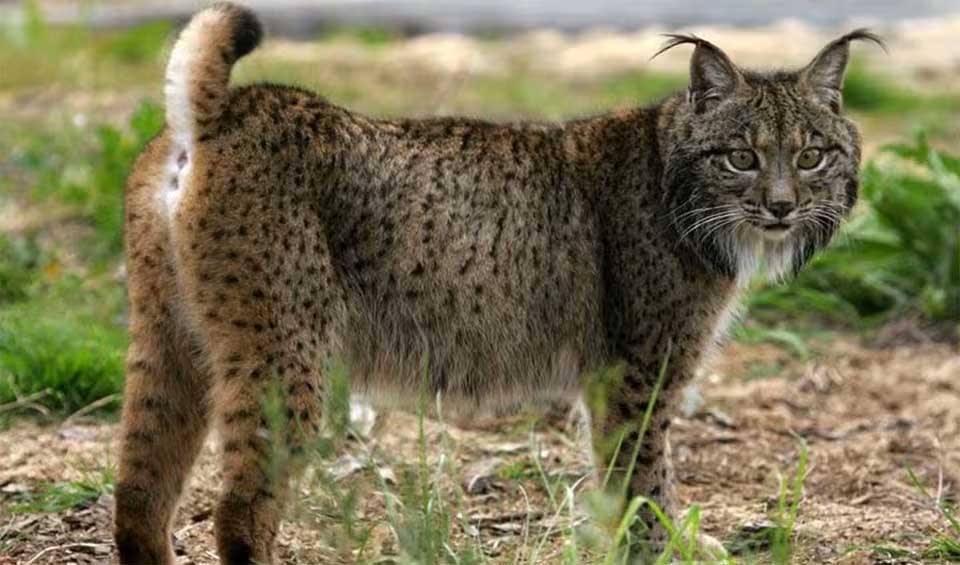Lynx – Lynxes & bobcats
These iconic cats are easily recognizable by distinctive hair tufts on their pointed ears
Lynxes are adapted to live in temperate zones, thriving in areas with dense forest cover and high altitudes. These environments provide the seclusion and hunting grounds necessary for their survival. The genus includes species such as the Eurasian lynx (Lynx lynx), the largest member of the genus; the Iberian lynx (Lynx pardinus), native to the Iberian Peninsula and one of the world’s most endangered wild cat species; the Canadian lynx (Lynx canadensis), found in Canada and the northern United States; and the bobcat (Lynx rufus), the most widely distributed lynx, inhabiting various ecosystems across North America.
As carnivores, lynxes strongly prefer meat, employing their acute senses and stealth to hunt primarily at night. Their diet is varied and largely depends on prey availability in their environment. While smaller animals like rodents, rabbits, and hares constitute the bulk of their diet, lynxes can also take down larger prey such as deer and birds. Their solitary nature extends to hunting, with each lynx relying on its prowess to stalk or ambush prey.
Lynxes are adept terrestrial hunters and skilled climbers and swimmers, which enables them to exploit a range of prey, including fish, particularly when other food sources are scarce. This versatility is a testament to their adaptability and survival skills in the wild.
Despite their adaptability, several lynx species face significant threats from habitat loss and fragmentation, poaching, and reduced prey availability. The Iberian lynx has been the focus of intensive conservation efforts due to its critically endangered status.
Species in this genus
Iberian lynx
It was on the brink of extinction only 20 years ago; now, the population is reviving thanks to conservation measures implemented
Bobcat
Also called the red lynx, it is the most common wild cat in North America
Canada lynx
A powerful hunter with adaptations like no other, navigating the snowy terrain of North America’s forests
Eurasian lynx
Once widespread throughout most of Europe, by now extinct in most of Western and Central Europe




